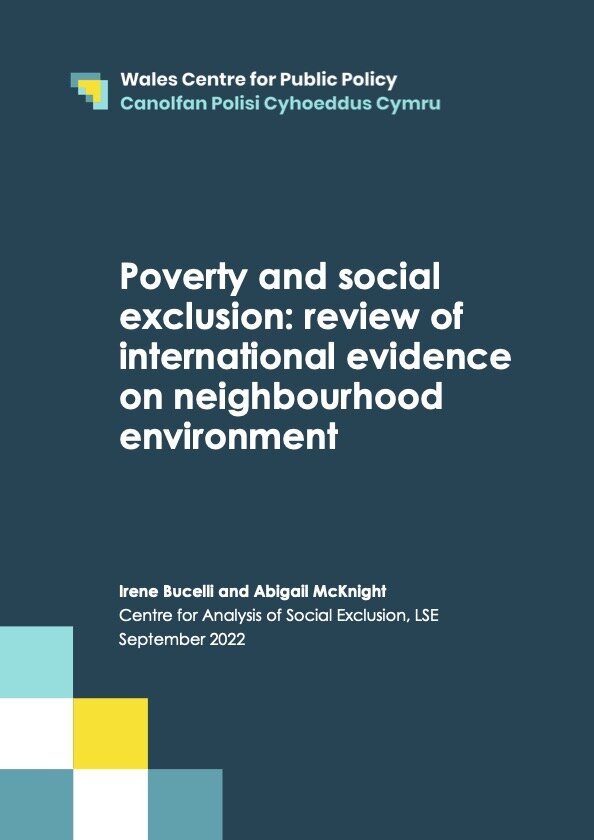ByJens Rennstam
Sexuality in the Swedish Police is based on the experiences of lesbian, gay and bisexual police officers and the author's observations of police work. Written at the intersection of organizational, gender and police studies, the book analyses how processes of exclusion and inclusion of LGB sexuality coexist in the Swedish police, how these processes are related to the culture and characteristics of police work, and how police management attempts to create an inclusive organisation.
How and under what conditions does the exclusion and inclusion of LGB officers and LGB sexuality take place in the Swedish police? By delving into this question, the author seeks to answer, among other things, how it is that there are so few openly gay male police officers and how barriers to inclusion can be understood. The book contributes to a better understanding of the problems and activities associated with diversity issues, particularly with a focus on sexual orientation, but also more generally; many of the insights in the book can be used to understand the inclusion and exclusion of other groups in society. A key insight from the book is that inclusion and exclusion are collective processes characterized by struggle, a struggle that according to the author can be understood through the concept of “peripheral inclusion”.
Sexuality in the Swedish Police will be of great interest to scholars and students as well as practitioners with an interest in diversity issues and policing. The book is also relevant to those working in or interested in diversity, inclusion and equality in other similarly "masculinized" organizations, such as the armed forces and certain sports organisations.
London; New York: Routledge, 2023. 212p.





















